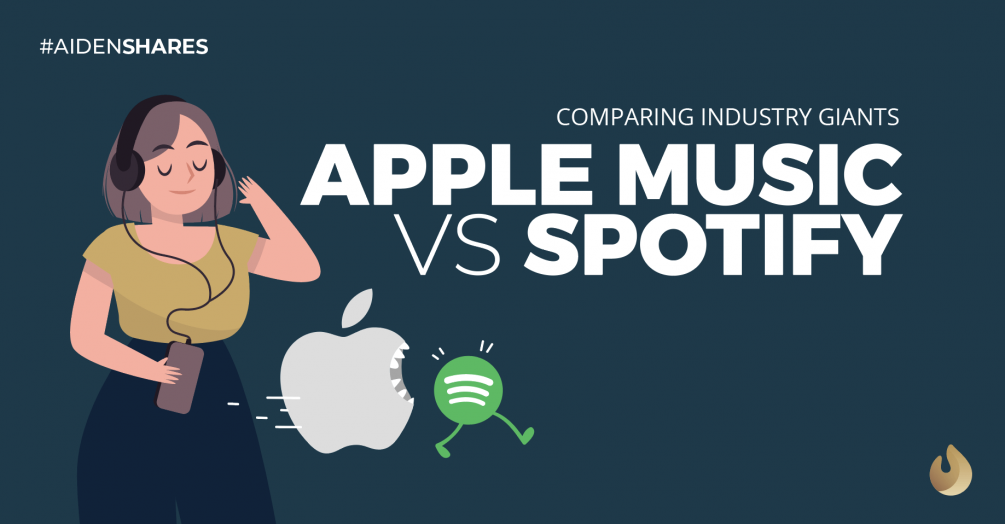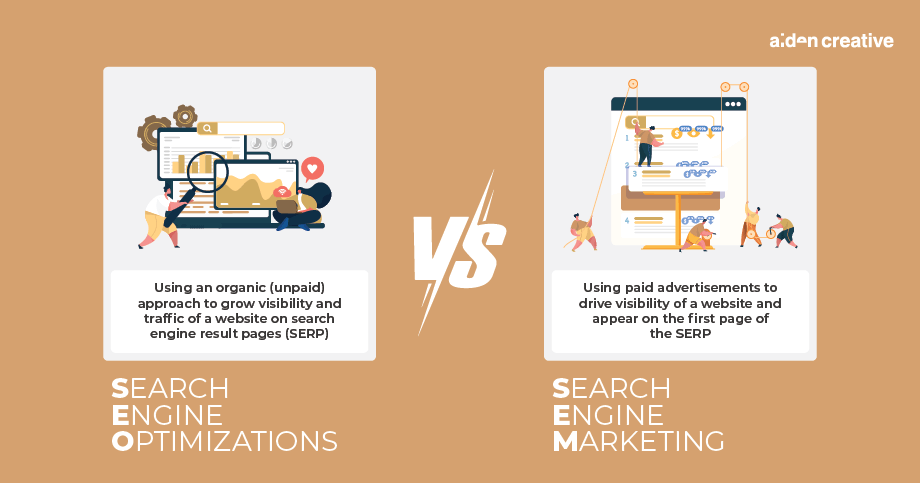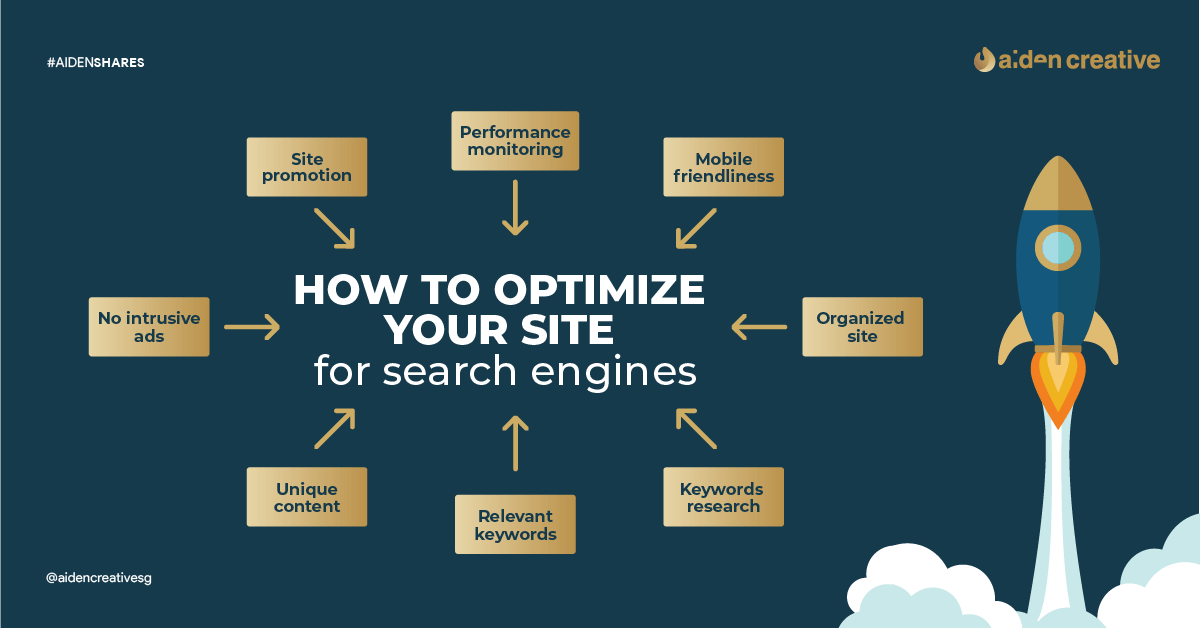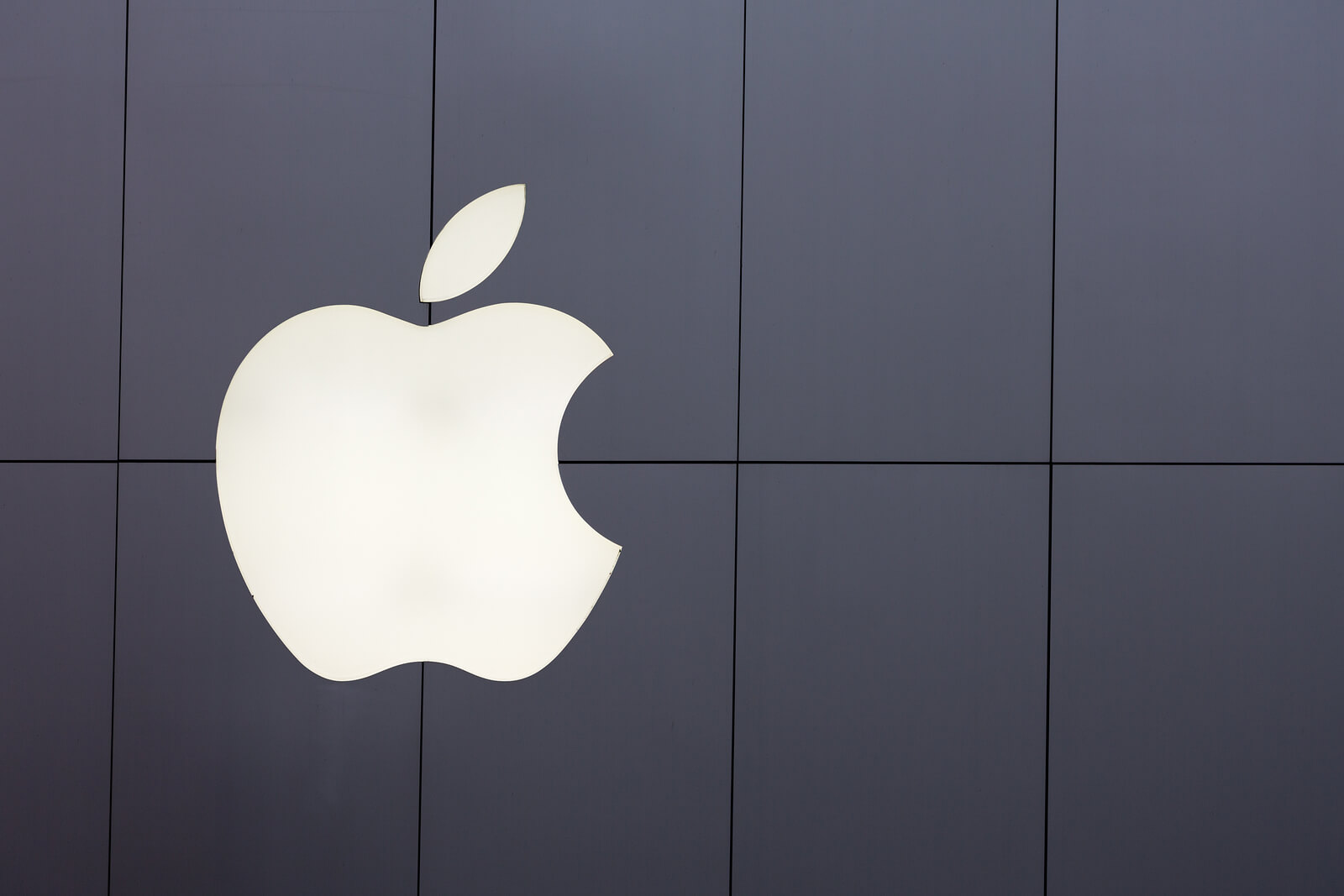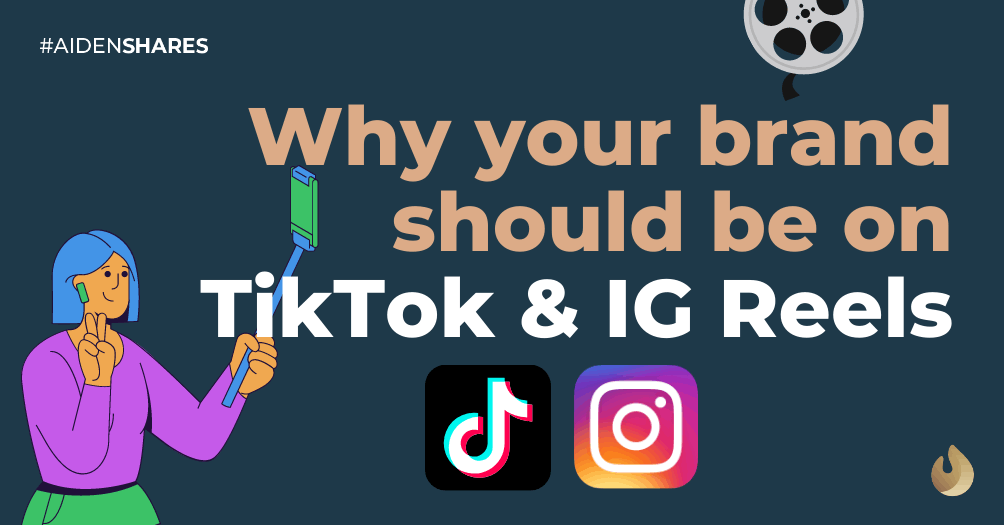Everything You Must Know About Scarcity Marketing 💲
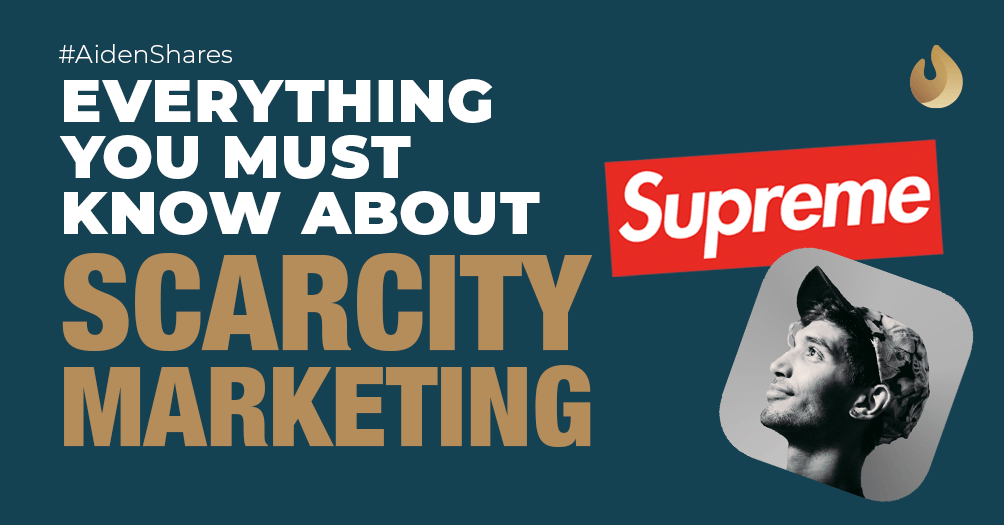
Ever wondered why Supreme is so successful? Or perhaps what drove the rise of the new budding platform Clubhouse?
While marketers use many strategies to achieve success, one of the most prominent tactics is none other than scarcity marketing.
But what exactly is scarcity marketing? And how can you leverage it?
Scarcity marketing examples🛒
If you’ve ever felt pressured to make an impulse purchase due to a flash deal or a limited time only promotion, then you’ve most likely fallen prey to a campaign using scarcity.
Drawing on the psychological principle that limited or rare products generate greater demand than products commonly found, scarcity marketing taps on people’s fear of missing out (or more widely known as ‘FOMO’) to influence instant purchases or generate interest.
Beyond time-bound discounts and sales promotions, however, scarcity marketing can take numerous forms, such as limited edition product drops or even exclusive memberships.
Here are some examples:
Interaction Design Foundation
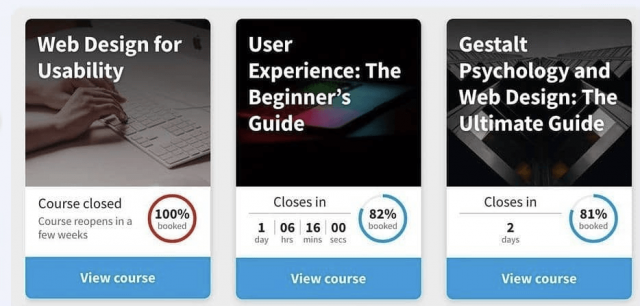
Image source: Interaction Design Foundation
When you browse through courses on Interaction Design Foundation, you will notice this brilliant marketing tactic. They deliberately display a fully booked course (marked with a red circle) to influence people not to miss the next one and purchase the course immediately, before other people take their “slot”.
Booking.com
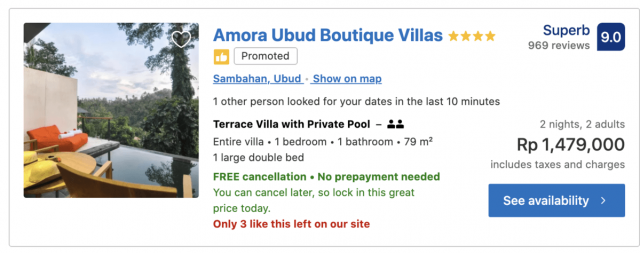
Image source: Booking.com
Did you remember browsing through Booking.com deals before the pandemic annihilated your travel plans?
Booking.com is one of the many perfect examples of scarcity marketing. The red-coloured text gets eyes and plays a significant role in convincing users to book the Amora Ubud Boutique Villa before other visitors because there are “only 3 like this left” on their site.
Supreme
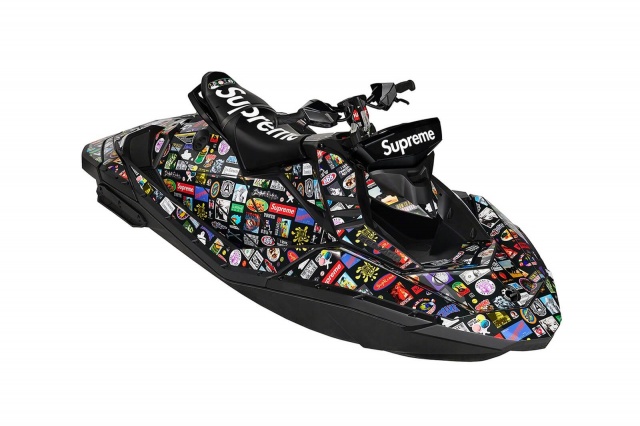
Image source: Highsnobiety
It’s 2021, and it’s absolutely impossible not to know the red and white Supreme logo. A major fashion label loved and worshipped by many, amassing a cult-like following around the world. How do they achieve this success?
They do the “drop”. They reveal a date and the new exclusive merchandise, and people queue up days before the “drop”. Two minutes into the launch, they’re sold out.
The “drop” itself refers to a marketing ploy that you may know of as limited drops. The limited availability makes items so much harder to get, and the human brain is wired to want things that are harder to get. It’s only natural for this ploy to play out perfectly.
Clubhouse
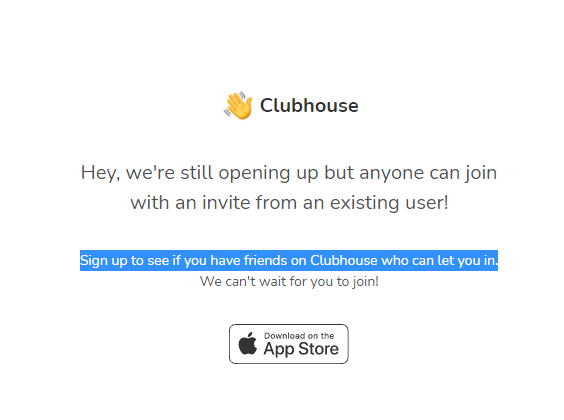
Image source: Joinclubhouse.com
Clubhouse recently practised this approach.
Their drop-in audio chat app, released in 2020, was already big that year, and it skyrocketed early this year. For this very reason, more and more people want to get into it.
Intentional or not, the platform was built on the perception of scarcity. If you want to join, you must use an iPhone or iPad because you can only download it on Apple App Store. Exclusivity!
However, owning those devices did not mean that you could join the club. You need an invite from an existing user.
It was enough to create a sense of FOMO, especially when your favourite public figures keep talking about what they discuss on Clubhouse on their Instagram Stories. Add that to the exclusivity, ‘referrals only’ policy to join the app—scarcity marketing at its finest.
Wait, what is scarcity marketing? 💰
Scarcity marketing is a strategy that encourages people to make a purchase decision by taking advantage of a customer’s fear of missing out.
That might come off as a scam, but it is a legitimate marketing tactic because humans perceive limited objects as more desirable.
This study also backs up the claim:
In 1975, Worchel, Lee, and Adewole published a study titled Effects of supply and demand on ratings of object value. Some people also call this study the ‘cookie jar experiment’.
In short, the study experimented with people’s FOMO by putting 10 cookies in one jar and two cookies in another similar-looking jar. The participants were then asked which cookie they desired to consume. The result of the study indicated that participants rated cookies in a scarce supply, the jar with two cookies, to be more desirable than the cookies in abundant supply.
Therefore, many marketers use this marketing ploy to encourage purchases from potential customers.
Scarcity marketing tactics you can employ 🧾
From what we reviewed so far, people are attracted to what they cannot easily have. That is why scarcity marketing focuses on consumers’ fear of losing their freedom of choice. Simply put, if a product is harder to get or available in limited stock, it automatically becomes more desirable than a product in abundance.
Time-limited price
Whether you are newcomers or seasoned veterans in your industry, the time-limited price could help to elevate your sales. All you have to do is notify your potential customers that a particular product is available to purchase at a special price before returning to a regular price.
Limited freebies
Freebies are a way to generate people’s interest in your product. You can also get creative by adding freebies to your scarcity marketing strategy. For instance, introduce free bonus items when your customers purchase more than one product or before the deal expires (time-limited freebies).
Few items left
Inspired by the cookie jar experiment, you can employ this tactic to boost your monthly revenue. Just notify your customers about having limited items left in stock.
Customers like to do this thing where they add some item(s) to their shopping cart but decide not to check out. The item stays in their cart and is often forgotten. In this scenario, you can use a combination of scarcity and email marketing. For example, an automated email (or alert) that notifies customers about items in their cart being almost sold out. That could convince them to complete the purchase.
Cut-off date pricing
With cut-off date pricing, you can urge your potential customers to make a quick purchase. It’s purchasing under a pressure of a deadline. It could be an excellent strategy for services, like a subscription service. You can tell your potential subscribers that a specific deal is only available until the end of the month and can no longer be purchased once the month ends.
Consequently, if they do not subscribe before the cut-off date, they will risk missing out on the goodies that you offer for that month within that deal. In their FOMO moment, they will be pushed to make the purchase.
Limited or seasonal item
Items that are only available for a certain period could do the trick to boost sales or increase awareness about your brand. You can try the Air Jordan or Supreme way of “dropping” items in limited quantities.
Similarly, you can choose to release a seasonal item. Back in summer 2018, Coca-Cola used this strategy for their Coca-Cola Clear. From what we know, the plan was quite successful because the drink grasped people’s attention enough for them to purchase the drink just to try it out before it runs out.
App-only sale
You can also follow what Clubhouse did to a degree, like an app-only sale. The benefits include boosting your sales and getting a sweet amount of app downloads. The scarcity concept works especially when you are milking people who are greedy for a discount on top of their purchase.
The downside of scarcity marketing 📉
Scarcity marketing can also be coined as FOMO marketing. The strategy makes people scared of missing out on the fun, and eventually, they fight to buy the desired item. These do work well together, but you might want to do it in a controlled amount possible because:
It’s not a magical plan to boost your sales
Implementing this plan alone will not magically up your sales. The product that you want to sell should still have the desirability to be purchased. It’s the small part of the big plan to success.
In fact, this method is better for an in-demand item.
It might lose potential customers or break ties with existing customers
Scarcity marketing could induce pressure to take a decision.
When the customers feel that you press them too much to make a quick decision, they might get frustrated or tired to engage with you. You could lose a potential customer or even your loyal customers when they are tired of fighting.
All things considered, scarcity marketing is a strategy that could work well for your business. Keep in mind to only use it in moderation. Do not sell everything with this plan. When you implement it, you should also combine it with other marketing strategies for better results.
